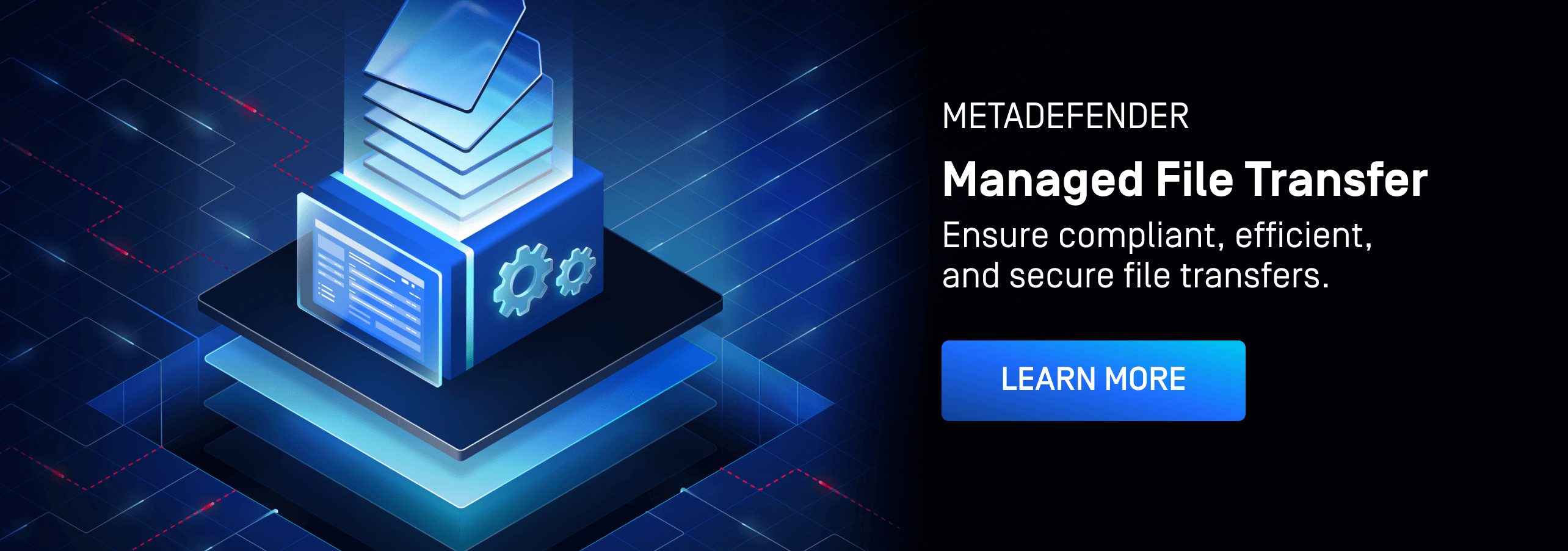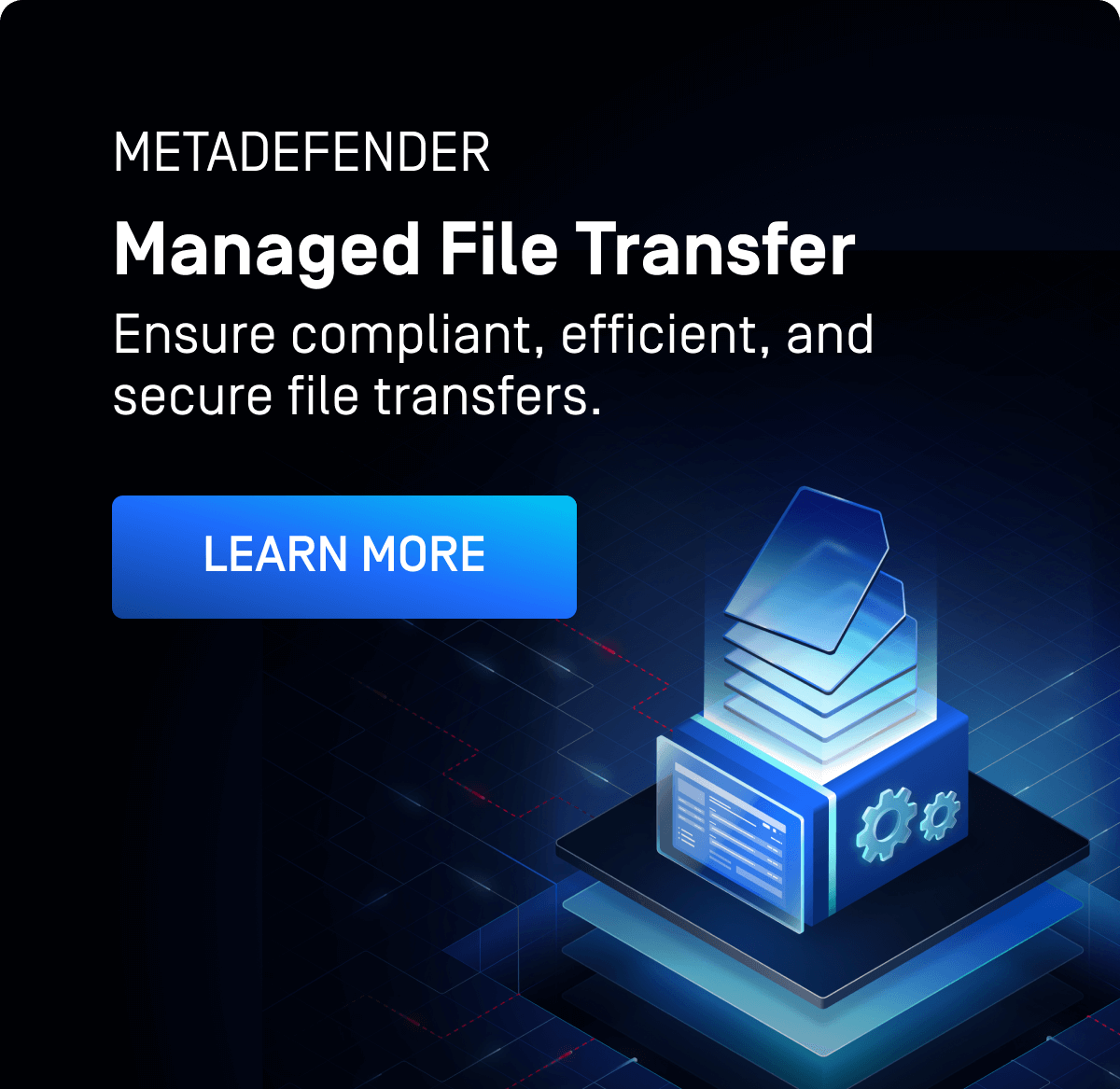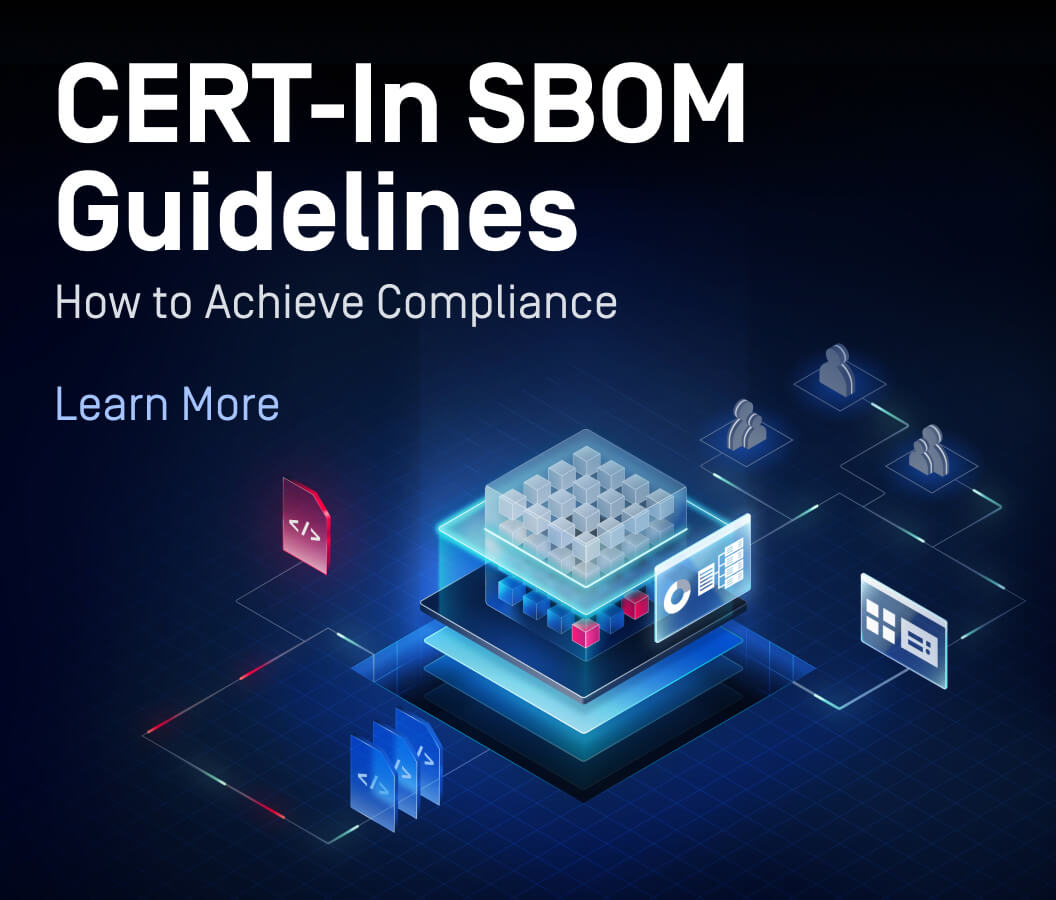Data Security for Data in Motion vs Data at Rest
Securing digital information requires an understanding of how data exists in two fundamental states: data at rest vs data in transit. “Data at rest” refers to stored information on hard drives, databases, or cloud servers. “Data in transit” refers to data that is actively moving across networks or between devices.
Each state presents distinct security challenges. Stored data faces risks such as unauthorized access and insider threats, while data in transit is vulnerable to interception. Data encryption plays a critical role in mitigating these risks, ensuring that sensitive information remains protected, whether stationary or in motion.
This article examines the characteristics, vulnerabilities, and data security strategies for both data states, with a focus on encryption and best practices for data protection.

Data at Rest
- Hard drives
- Databases
- Cloud storage
Risks:
- Unauthorized access
- Data breaches

Data in Transit
- Emails
- File transfers
- API communications
Risks:
- Interception
- MITM attacks
Data at Rest vs Data in Transit
Data in transit is actively moving across networks—such as emails, file transfers, or API communications—making it vulnerable to interception. In contrast, data at rest remains stored on devices, databases, or cloud environments, where unauthorized access is the primary concern.
Data in Transit Security
- Encryption protocols (TLS, SSL, IPsec): Cryptographic protocols to secure data transmission by encrypting network traffic to prevent unauthorized access
- Secure transmission protocols (HTTPS with TLS): Encrypt data in transit to protect it from interception
- Authentication mechanisms (MFA, digital certificates): Verify user identities and ensure that only authorized parties can access transmitted data
Data at Rest Security
- Encryption of stored files and databases:Encrypting stored data ensures that even if unauthorized access occurs, the data remains unreadable without thecorrect decryption key
- Access control policies (least privilege, role-based permissions): Implementing strict access controls limits data exposure by ensuring only authorized users can access sensitive information
- Physical security measures (restricted server access, hardware encryption): Securing physical data storage locations and using hardware-based encryption protects data from unauthorized access to hardware
While each data state presents unique risks, a comprehensive security strategy must address both through a combination of encryption, access controls, and continuous monitoring.
Modern managed file transfer solutions play a key role by ensuring secure, policy-enforced file transfers, automating encryption for data at rest and in transit, and integrating with existing security frameworks to prevent unauthorized access and data leaks.
Characteristics and Vulnerabilities of Data States
Each data state requires tailored protection strategies. Data in transit is particularly vulnerable due to its exposure during transmission, while data at rest is a high-value target for attackers seeking stored information.
Data in Transit Risks
- Interception attacks: Hackers can eavesdrop on unencrypted data as it moves across networks
- Man-in-the-middle attacks: Attackers insert themselves between sender and receiver to alter or steal data
- Session hijacking: Unauthorized access to active communication sessions allows data theft
Data at Rest Risks
- Unauthorized access: Weak access controls enable malicious insiders or attackers to retrieve sensitive data
- Data breaches: Poorly secured data storage systems can be compromised, leading to large-scale information leaks
- Physical security threats: Stolen or lost devices containing unencrypted data increase exposure risks
Given these vulnerabilities, organizations must implement layered security measures to minimize risks and safeguard sensitive data throughout its lifecycle. This includes encrypting data at rest and in transit, enforcing strict access controls, securing network infrastructure, and deploying advanced threat detection systems.
Advanced managed file transfer solutions enhance this approach by automating secure file transfers, applying policy-based encryption, and integrating data loss prevention to protect sensitive information from unauthorized exposure.
The Role of Encryption in Data Protection
Encryption is a fundamental safeguard for securing data both in transit and at rest. By converting readable data into an encoded format, encryption ensures that unauthorized entities cannot access or manipulate information without the correct decryption key.
Data-in-Transit Encryption
Encryption prevents interception and unauthorized modification by securing communication channels. Common methods include:
- TLS (Transport Layer Security) and SSL (Secure Sockets Layer): Encrypt web traffic and email communications
- E2EE (End-to-end encryption): Ensures that only the sender and recipient can access message contents
- VPNs (Virtual Private Networks): Encrypts network connections to prevent data exposure
Data-at-Rest Encryption
Encryption protects stored information from unauthorized access, even if a device or system is compromised. Key techniques include:
- Full disk encryption: Encrypts entire data storage devices, rendering stolen data unreadable
- Database encryption: Secures sensitive records in structured data storage environments
- File-level encryption: Encrypts individual files for granular access control
Effective encryption requires not only strong algorithms but also proper key management to prevent unauthorized decryption. This is why OPSWAT’s MetaDefender Managed File Transfer (MFT)™ employs AES-256 encryption in CBC mode with PKCS7 padding. This robust cryptographic approach ensures that each block depends on the previous one, effectively preventing pattern analysis.
| Best Practice | Data at Rest | Data in Transit |
| Encryption | AES-256 | TLS, SSL, E2EE |
| Access Control | Role-based access, least privilege | MFA, digital certificates |
| Regular Audits | Data classification | Traffic monitoring |
Best Practices for Data Protection
To safeguard sensitive information, organizations must implement security best practices tailored to both data in transit and data at rest. A proactive approach combining encryption, access controls and network security is essential for minimizing risks.
Encrypt all sensitive data
Use strong data encryption protocols to protect data during storage (AES-256) and transmission (TLS)
Implement strict access controls
Apply role-based access and the principle of least privilege to limit unauthorized exposure
Regularly audit and classify data
Identify and categorize sensitive information to apply appropriate data security measures
A layered security strategy incorporating these practices ensures that both static and moving data remain protected against unauthorized access and cyberthreats. Managed file transfer solutions, such as MetaDefender Managed File Transfer (MFT), further enhance security by enforcing encryption policies, automating secure workflows and ensuring compliance with regulatory requirements.
Ensuring End-to-End Data Security
Protecting data in both transit and at rest is essential for minimizing cybersecurity risks and maintaining compliance with data protection regulations. Without proper safeguards, organizations face threats such as interception, unauthorized access, and data breaches.
Encryption, access controls, and network security measures form the foundation of a strong data protection strategy. By implementing these best practices, organizations can secure sensitive information across all states, reducing the risk of exposure and ensuring data integrity. A proactive, layered security approach is key to maintaining a resilient cybersecurity posture in an evolving threat landscape.
Secure Data with MetaDefender Managed File Transfer (MFT)
Ensuring data security requires more than just encryption—it demands a controlled and compliant transfer process. MetaDefender Managed File Transfer (MFT) provides a secure, policy-enforced solution for moving sensitive data between systems, protecting both data in transit and data at rest.
With advanced threat prevention, automated policy enforcement, and seamless integration with existing IT environments, MetaDefender Managed File Transfer (MFT) ensures secure, efficient, and compliant file transfers for enterprises and critical industries.
Explore how MetaDefender Managed File Transfer (MFT) can enhance your data security strategy.
Frequently Asked Questions
What is the difference between data in transit and data at rest?
Data in transit is actively moving across networks, such as emails, file transfers, or web communications, making it vulnerable to interception. Data at rest is stored on hard drives, databases, or cloud storage, where unauthorized access is the primary risk. Both states require encryption and security controls to prevent data breaches.How can intercepted data in transit be protected?
Using communication encryption protocols like TLS and SSL, E2EE, and secure network channels ensures that intercepted data remains unreadable to unauthorized parties.What risks are associated with data at rest?
Data at rest can be compromised through:
Unauthorized access due to weak permissions
Data breaches from misconfigured storage
Physical threats such as stolen or lost devices containing unencrypted data
These risks highlight the need for encryption and strong access control mechanisms.
How can encryption protect data in transit?
Encryption protects data in transit by securing communication channels using:
TLS/SSL: Encrypts web and email traffic
E2EE (End-to-end encryption): Ensures only sender and recipient can read messages
VPNs: Encrypt connections to protect data from exposure on public or untrusted network
What encryption methods are used for data at rest?
Data at rest is secured using:
Full disk encryption (FDE): Encrypts entire storage devices
Database encryption: Secures structured records in databases
File-level encryption: Applies encryption at the file level for granular control
AES-256 encryption is a widely recommended standard for protecting stored data.
How does access control improve data security?
Access controls such as role-based access control (RBAC) and the principle of least privilege ensure that only authorized users can access sensitive data. This minimizes the risk of internal misuse or external breachesWhy is data classification important for data protection?
Data classification helps organizations identify and categorize sensitive information. This enables the application of appropriate security controls and ensures that critical data receives the highest level of protection.What are the key security measures for protecting data in transit?
To secure data in transit, organizations should implement:
TLS/SSL: For encrypted web traffic
VPNs: To secure remote connections
Multi-factor authentication (MFA): To prevent unauthorized access
Why is data at rest considered a high-value target for attackers?
Stored data often contains sensitive and valuable information, such as customer records, financial data, or intellectual property. Without proper encryption and access restrictions, attackers can steal or manipulate this information if they gain access.What is the role of managed file transfer in data security?
Managed file transfer (MFT) solutions automate secure file sharing, enforce encryption policies, and integrate with existing security systems. They help protect both data at rest and in transit by preventing unauthorized access and ensuring compliance with data protection requirements.Recommended Resources
To deepen your understanding of data protection and encryption technologies, consider the following resources from OPSWAT:

Secure Managed File Transfer Solutions
Learn how secure file transfer technologies can protect data in transit and at rest.

Endpoint Security and Data Loss Prevention
Explore advanced threat prevention solutions that safeguard stored and transmitted data.

Understanding Encryption and Data Protection
Access expert insights on encryption methods, secure communication, and data security strategies
Implementing robust encryption and security measures is critical for mitigating cyberthreats. For more in-depth guidance, explore OPSWAT’s industry-leading solutions and research.



